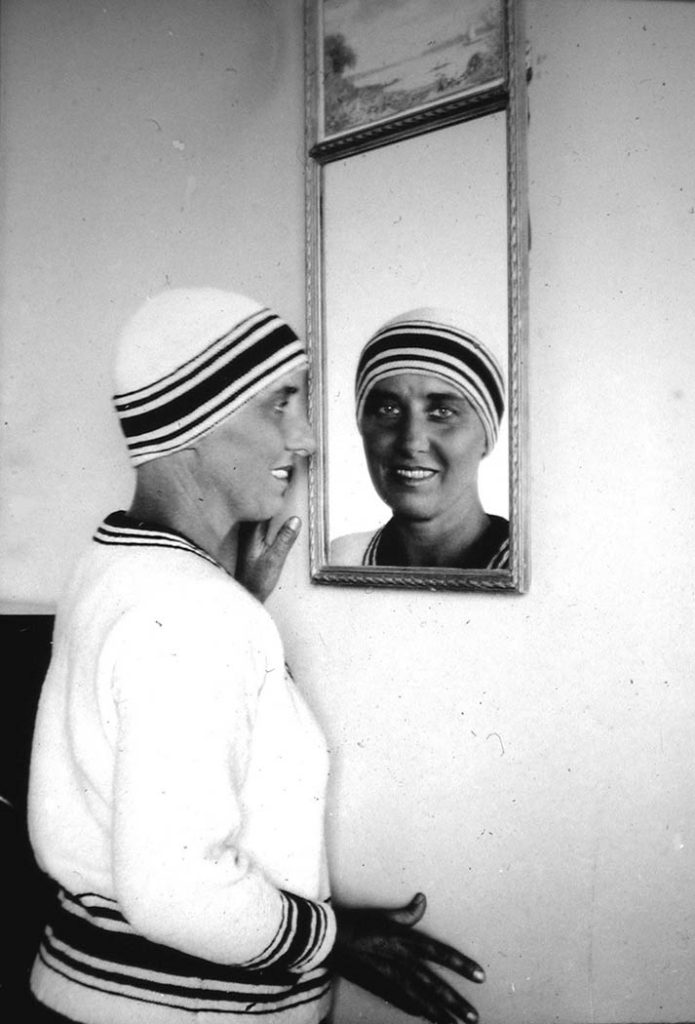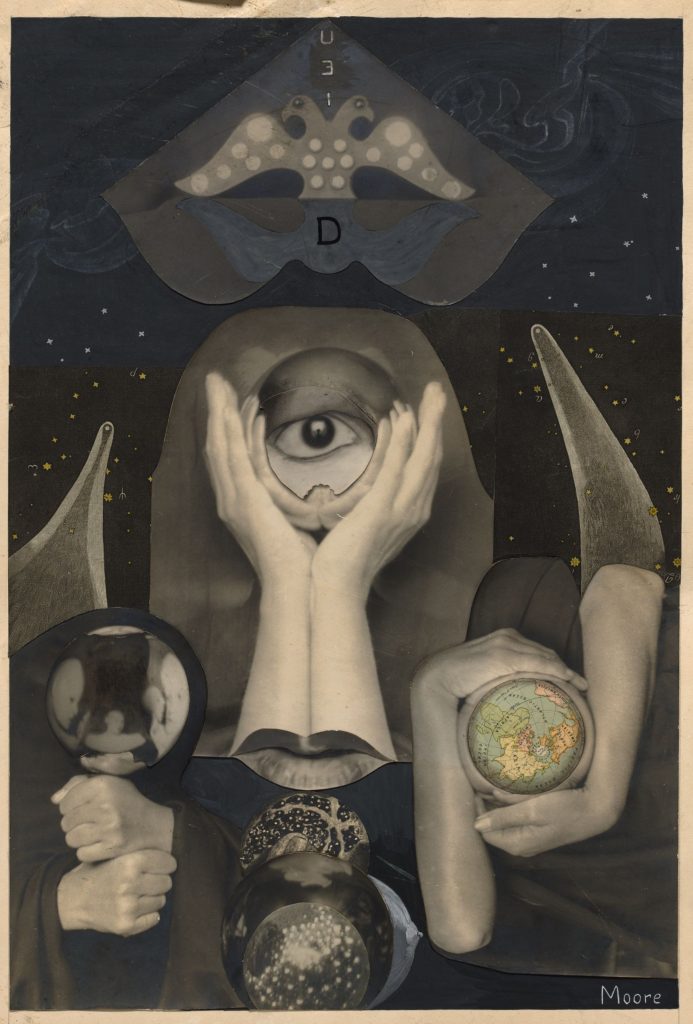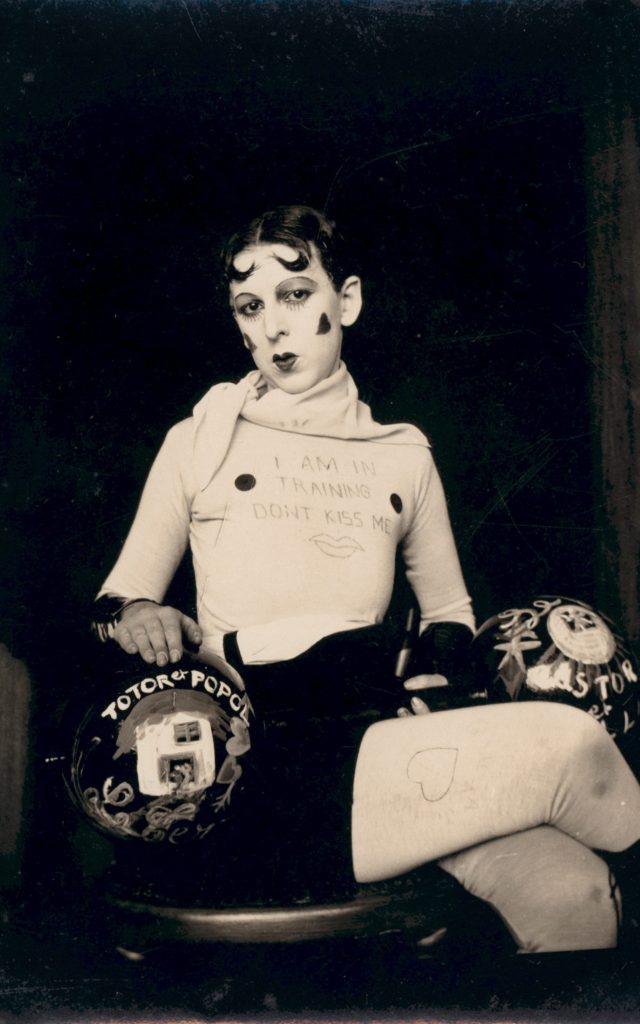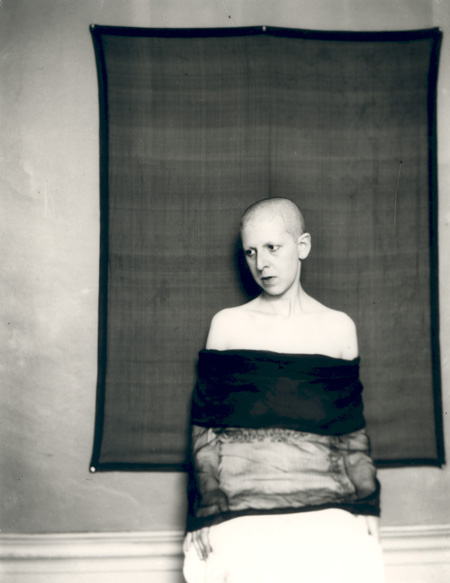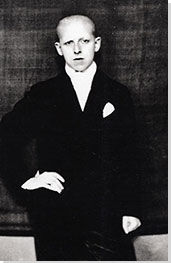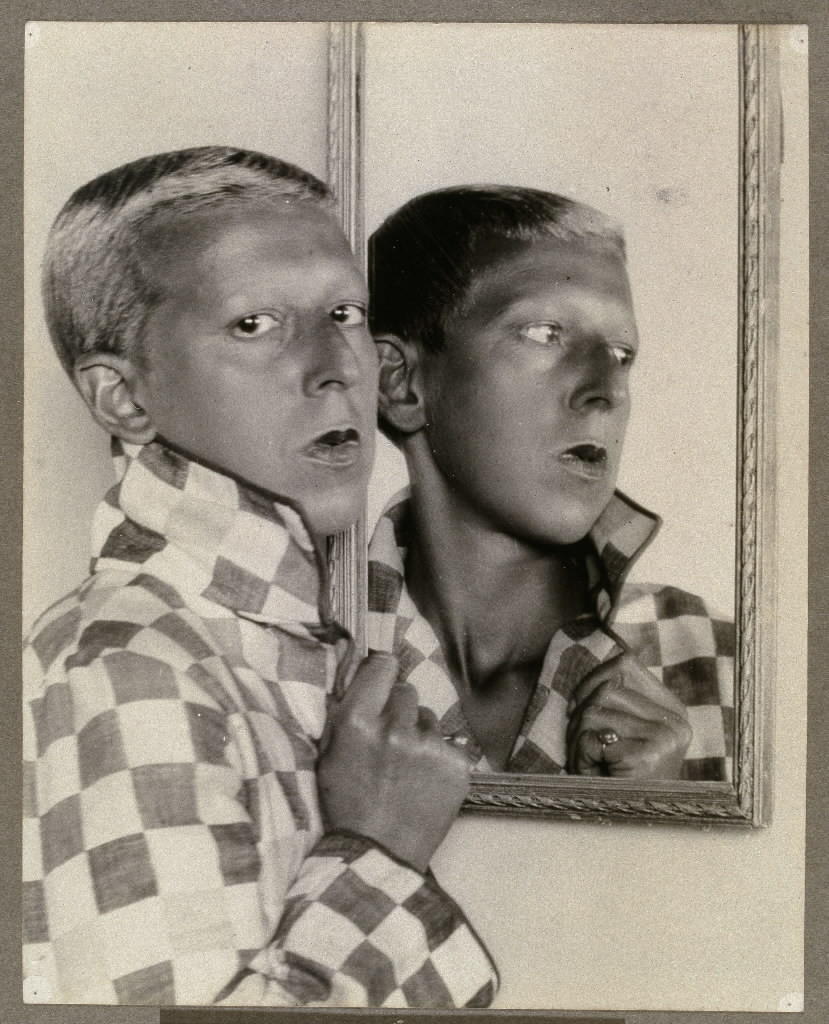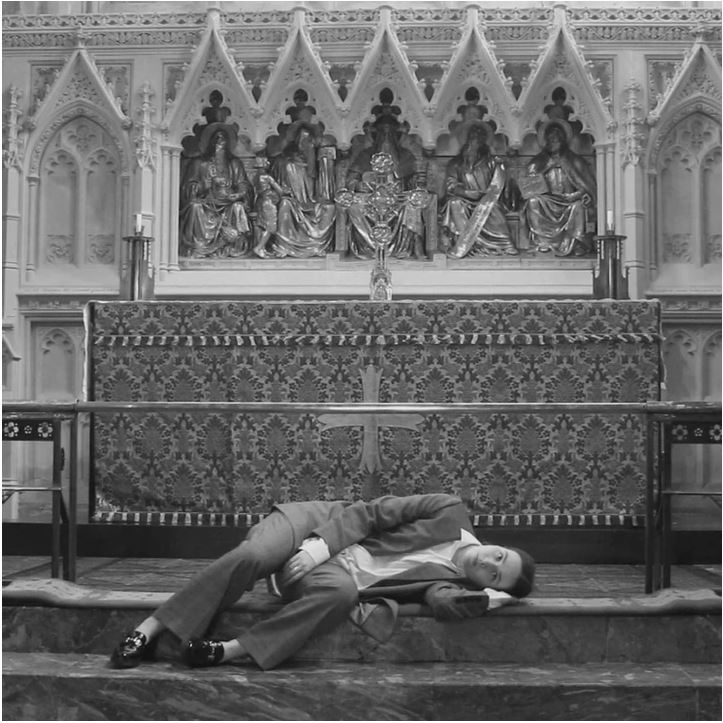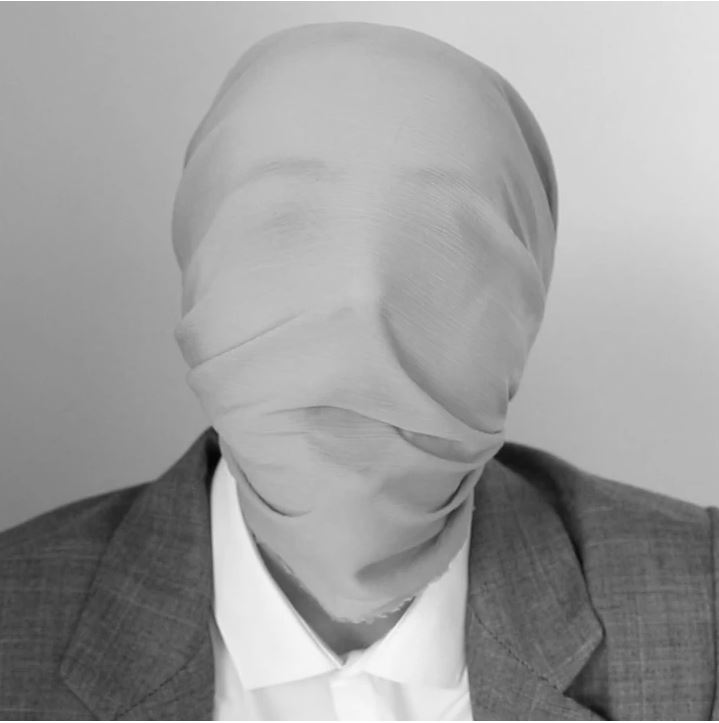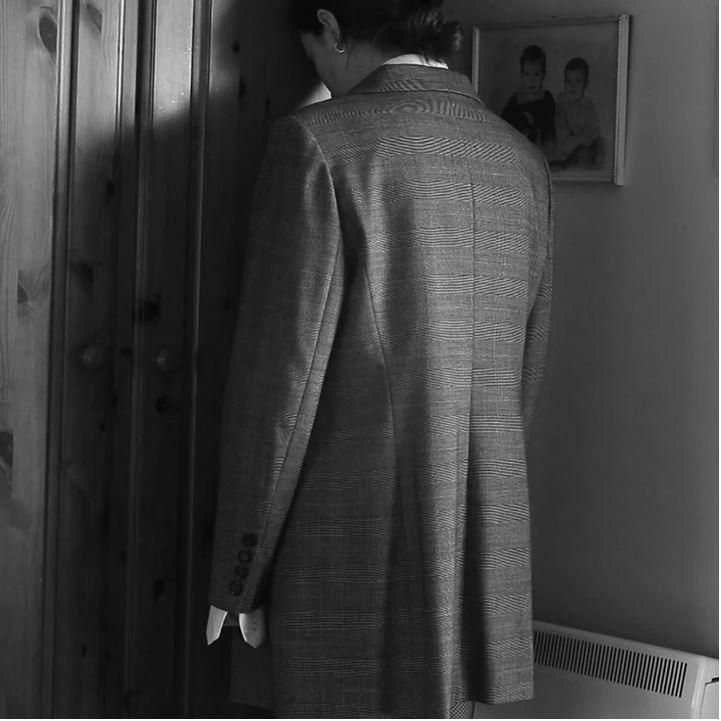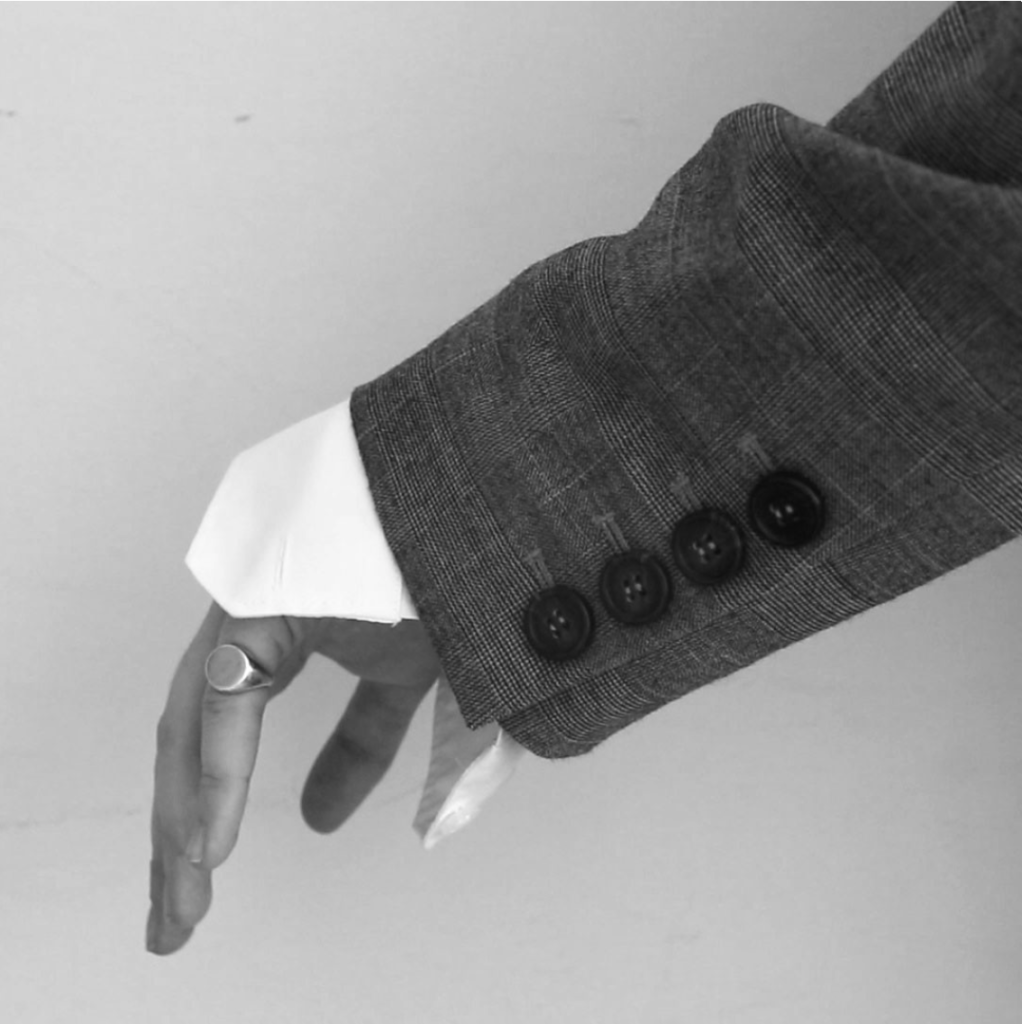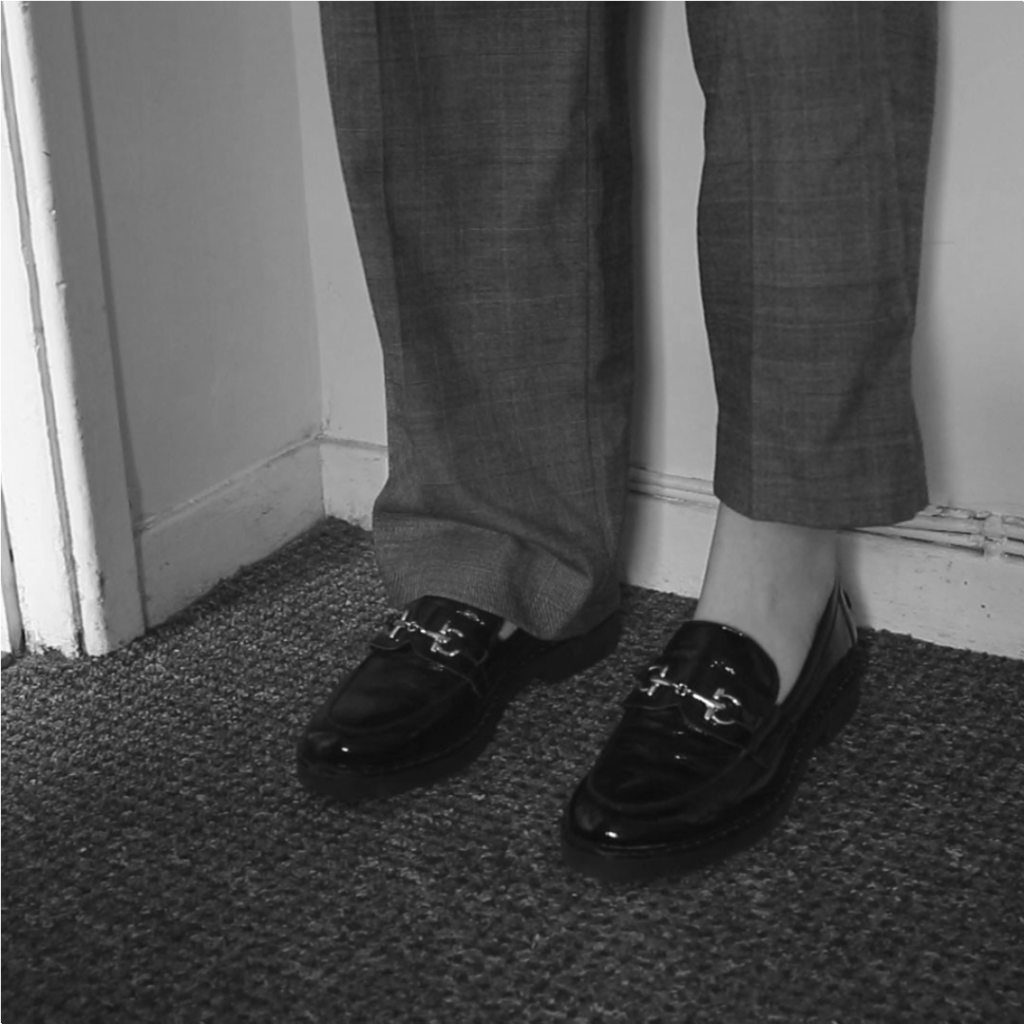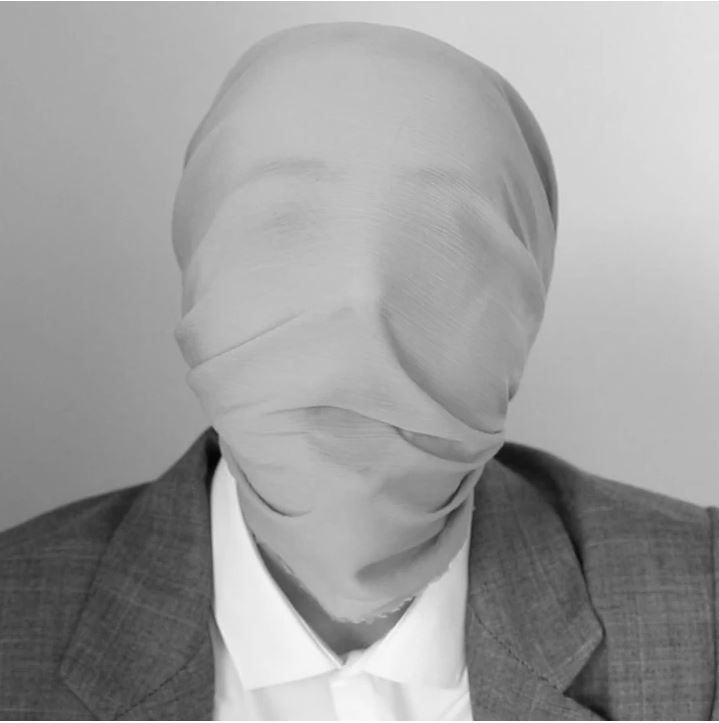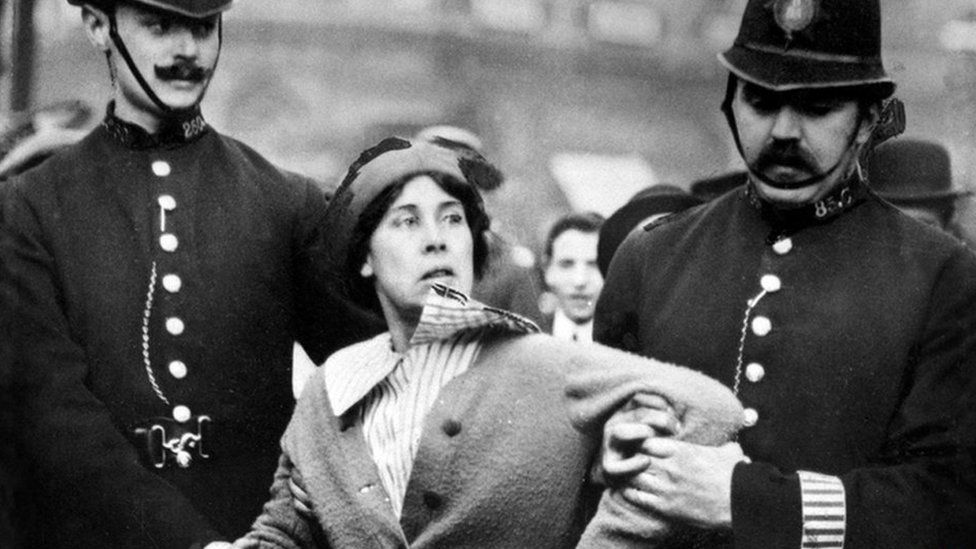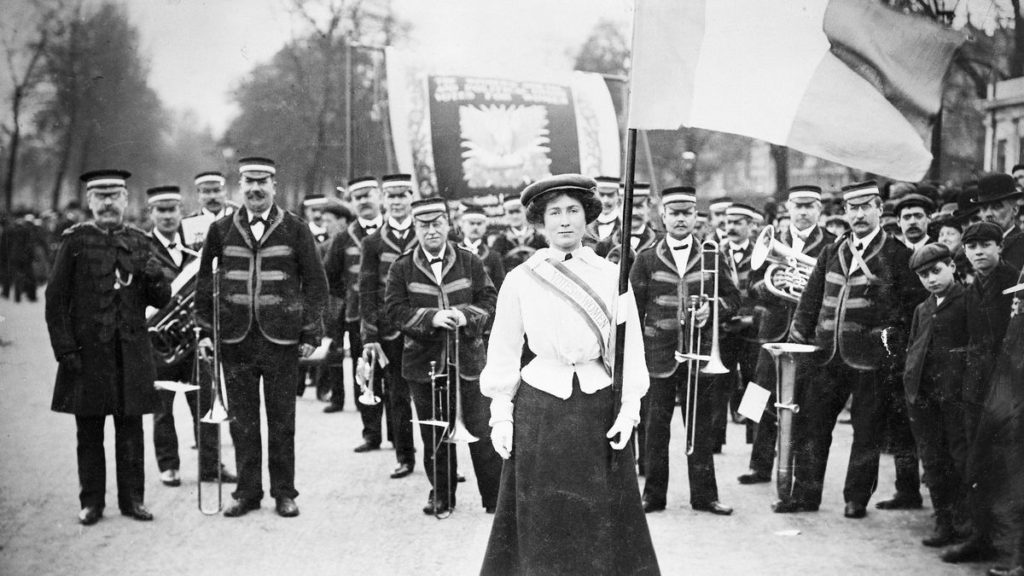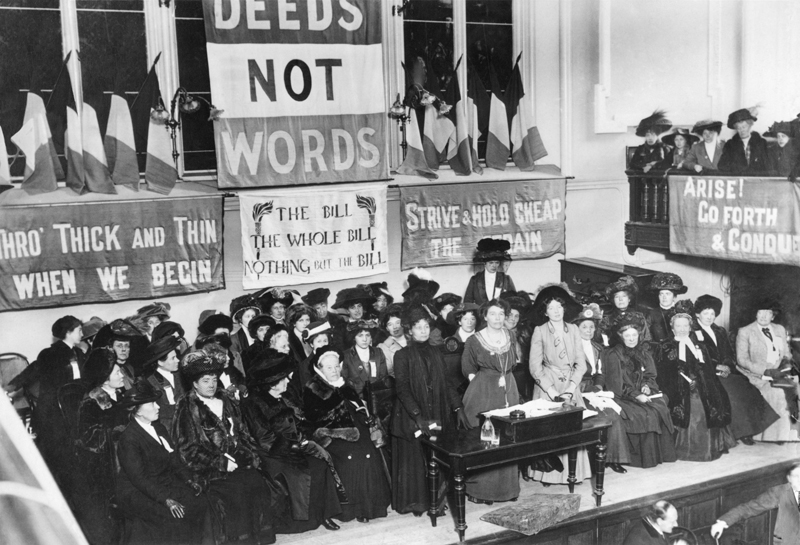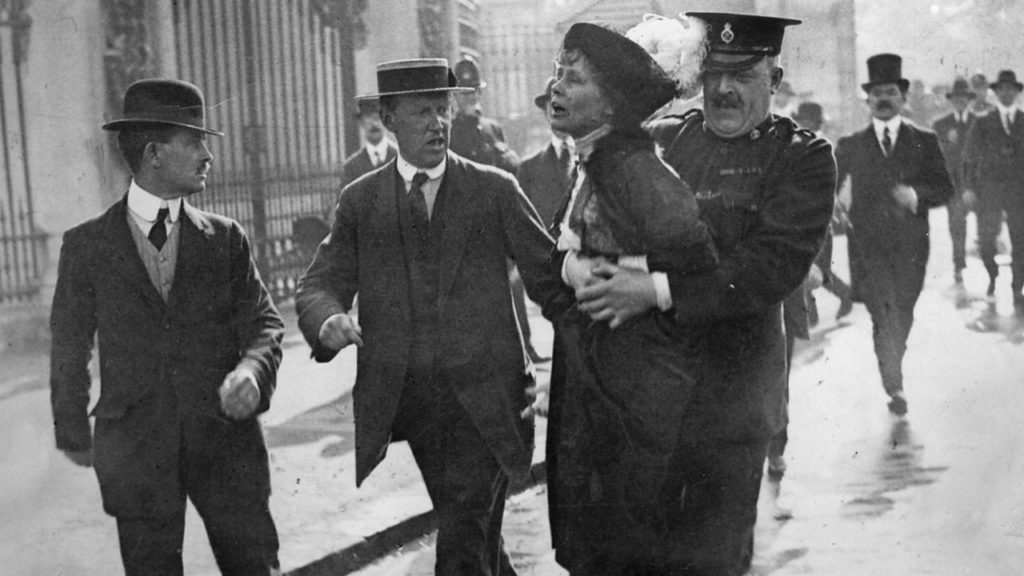Context
Claude Cahun (born Lucy Renee Mathilde Schwob) was an androgynous, surrealist and activist photographer, widely known for her enigmatic self-portraits, in which Cahun presented herself as many different personas. As a teenage Lucy Schwob, she rebelled against conventional ideas of beauty by shaving her head and wearing masculine clothing. She changed her name to the infamous and gender-neutral tag ‘Claude Cahun’ in 1917. Later on in her life, she displayed resistance to the German forces during the WWII occupation of Jersey.
Her resistance against these forces was admirable and still is today, especially as she came from a Jewish family. Alongside her partner, Cahun resisted against these troops and created a persona referred to as ‘Der Soldat Ohne Namen’ (‘The Soldier Without a Name’) in which she presented this persona as an unknown German soldier whose sole intent was to inspire rebellion within the army. She wrote leaflets pointing out the idiocy of war and ridiculing the actions of the German officers. These were either posted through the windows of German cars or left in cigarette packets, hoping that someone would pick them up.
However, after four years, Cahun and Moore were caught and arrested. They were then both sentenced to 6 years imprisonment and later death for inciting rebellion.
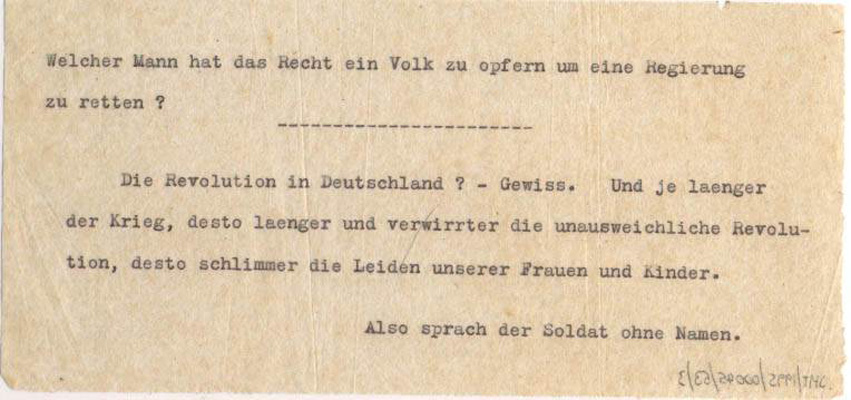
Cahun’s work
Cahun’s work mainly explored gender identity and the subconscious mind. During the 1920s Cahun produced an astonishing number of self-portraits in various acts such as a pilot, doll, bodybuilder, vampire, angel, and Japanese puppet. A large number of her portraits, feature Cahun making direct eye contact with the camera, with her shaven head and often revealing only head and shoulders. This resulted in photos where the viewer could not clearly identify and define Cahun’s gender by the distinguishing features that would have otherwise been visible to the audience.
For full-body portraits, Cahun often posed herself with purpose. Theatre became an important feature of Cahun’s work, as she aimed to avoid displaying any behaviour that could be associated with a gender and attempted to create images that blurred any possible gender indicators from the viewer.
Photo Analysis
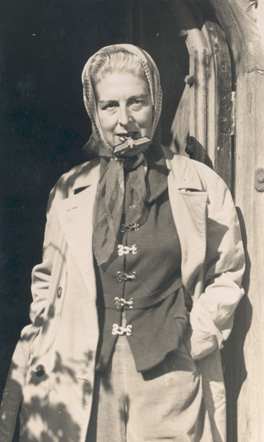
Taken during the Jersey occupation, this portrait depicts Chaun dressed as an old woman. This guise is significant due to her rebellious role in the occupation. Cahun and her partner Moore disguised themselves as old women and often travelled to the town of St Helier, where they attempted to humiliate the German occupying forces through the use of notes and letters written by what they referred to themselves as ‘der Soldat ohne Namen’. The portrait shows Cahun holding a nazi cross between her teeth.
The treatment of this cross is significant to the portrait. The act of gripping this nazi symbol between her teeth acts as an act of defiance against the German officers, in turn stripping the cross of any symbolic power it holds as well as rendering it insignificant, as Cahun believed the acts of war were completely nonsensical and unjust. Her slight smirk and bold gaze past the camera implies the presence of a person or thing that has captured Cahun’s attention. This creates ambiguity. The viewer may question who she is glancing at. Perhaps it is one of the German officers themselves, this potentiality gives the viewer the idea that Cahun is fearless in her resistance. Additionally, her pose is confident. The positioning of her hands in her pocket also acts as a rebellion against the societal ideals of women during that era. The pose is relaxed and comfortable, lacking the elegance and grace expected by women at the time.
The lighting within the image is also significant. Taken in bright daylight, it amplifies the impression that Cahun is unafraid of displaying her rebellion. She would have been in public view, given the background and shadow of foliage suggests she is outside. This unrestricted display of discontent toward the German forces is commendable and extremely brave for someone of that time, especially considering her Jewish background and social position as a woman at the time.



